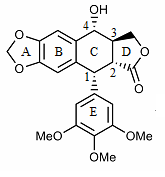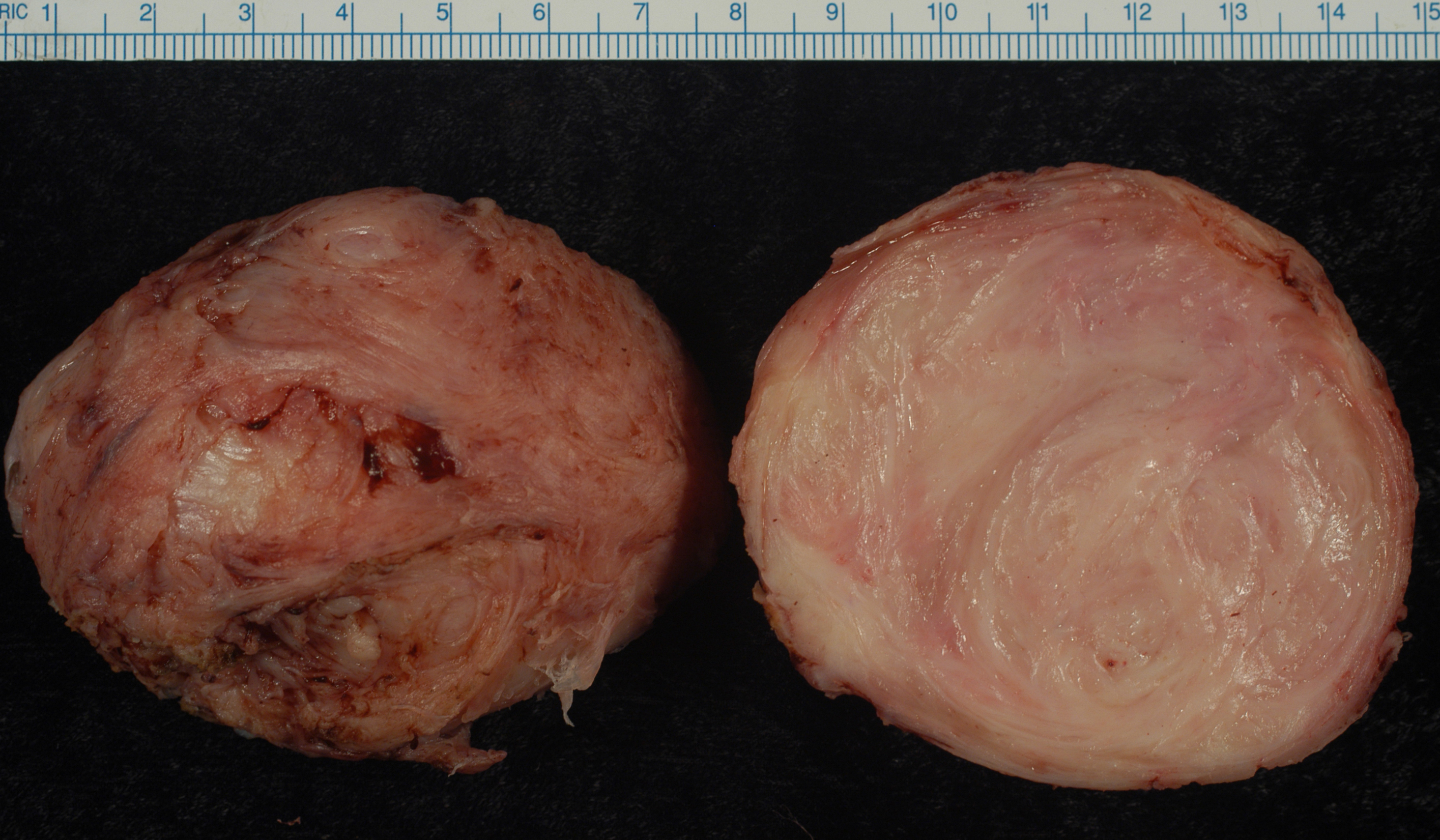|
Condea Verticillata
''Condea verticillata'', commonly known as John Charles, is a species of flowering plant in the family Lamiaceae. It is found in Mexico, Florida, Central America, the Caribbean, and northwestern South America. It has also been introduced to Hawaii. John Charles is used in traditional medicine to treat a variety of conditions including coughs, colds, fever, tonsillitis, bronchitis, uterine fibroids, skin infections, and stomach ache. The leaf and stem of the plant contain the lignan podophyllotoxin Podophyllotoxin (PPT) is the active ingredient in Podofilox, which is a medical cream that is used to treat genital warts and molluscum contagiosum. It is not recommended in HPV infections without external warts. It can be applied either by a he .... References External links ''Condea verticillata''at Tropicos Lamiaceae Plants described in 1787 Flora of Mexico Flora of Central America Flora of the Caribbean Flora without expected TNC conservation status { ... [...More Info...] [...Related Items...] OR: [Wikipedia] [Google] [Baidu] |
Epitype
A holotype is a single physical example (or illustration) of an organism, known to have been used when the species (or lower-ranked taxon) was formally described. It is either the single such physical example (or illustration) or one of several examples, but explicitly designated as the holotype. Under the International Code of Zoological Nomenclature (ICZN), a holotype is one of several kinds of name-bearing types. In the International Code of Nomenclature for algae, fungi, and plants (ICN) and ICZN, the definitions of types are similar in intent but not identical in terminology or underlying concept. For example, the holotype for the butterfly '' Plebejus idas longinus'' is a preserved specimen of that subspecies, held by the Museum of Comparative Zoology at Harvard University. In botany, an isotype is a duplicate of the holotype, where holotype and isotypes are often pieces from the same individual plant or samples from the same gathering. A holotype is not necessarily "typi ... [...More Info...] [...Related Items...] OR: [Wikipedia] [Google] [Baidu] |
Tonsillitis
Tonsillitis is inflammation of the tonsils in the upper part of the throat. It can be acute or chronic. Acute tonsillitis typically has a rapid onset. Symptoms may include sore throat, fever, enlargement of the tonsils, trouble swallowing, and enlarged lymph nodes around the neck. Complications include peritonsillar abscess. Tonsillitis is most commonly caused by a viral infection and about 5% to 40% of cases are caused by a bacterial infection.Lang 2009p. 2083./ref> When caused by the bacterium group A streptococcus, it is classed as streptococcal tonsillitis also referred to as ''strep throat''. Rarely bacteria such as '' Neisseria gonorrhoeae'', '' Corynebacterium diphtheriae'', or ''Haemophilus influenzae'' may be the cause. Typically the infection is spread between people through the air. A scoring system, such as the Centor score, may help separate possible causes. Confirmation may be by a throat swab or rapid strep test. Treatment efforts involve improving symptoms and ... [...More Info...] [...Related Items...] OR: [Wikipedia] [Google] [Baidu] |
Flora Of Central America
Flora is all the plant life present in a particular region or time, generally the naturally occurring (indigenous) native plants. Sometimes bacteria and fungi are also referred to as flora, as in the terms '' gut flora'' or '' skin flora''. Etymology The word "flora" comes from the Latin name of Flora, the goddess of plants, flowers, and fertility in Roman mythology. The technical term "flora" is then derived from a metonymy of this goddess at the end of the sixteenth century. It was first used in poetry to denote the natural vegetation of an area, but soon also assumed the meaning of a work cataloguing such vegetation. Moreover, "Flora" was used to refer to the flowers of an artificial garden in the seventeenth century. The distinction between vegetation (the general appearance of a community) and flora (the taxonomic composition of a community) was first made by Jules Thurmann (1849). Prior to this, the two terms were used indiscriminately.Thurmann, J. (1849). ''Essai de ... [...More Info...] [...Related Items...] OR: [Wikipedia] [Google] [Baidu] |
Flora Of Mexico
Mexico (Spanish: México), officially the United Mexican States, is a country in the southern portion of North America. It is bordered to the north by the United States; to the south and west by the Pacific Ocean; to the southeast by Guatemala, Belize, and the Caribbean Sea; and to the east by the Gulf of Mexico. Mexico covers ,Mexico ''''. . making it the world's 13th-largest country by are ... [...More Info...] [...Related Items...] OR: [Wikipedia] [Google] [Baidu] |
Plants Described In 1787
Plants are predominantly photosynthetic eukaryotes of the kingdom Plantae. Historically, the plant kingdom encompassed all living things that were not animals, and included algae and fungi; however, all current definitions of Plantae exclude the fungi and some algae, as well as the prokaryotes (the archaea and bacteria). By one definition, plants form the clade Viridiplantae (Latin name for "green plants") which is sister of the Glaucophyte, Glaucophyta, and consists of the green algae and Embryophyte, Embryophyta (land plants). The latter includes the flowering plants, conifers and other gymnosperms, ferns and Fern ally, their allies, hornworts, liverworts, and mosses. Most plants are multicellular organisms. Green plants obtain most of their energy from sunlight via photosynthesis by primary chloroplasts that are derived from endosymbiosis with cyanobacteria. Their chloroplasts contain chlorophylls a and b, which gives them their green color. Some plants are Parasitic plan ... [...More Info...] [...Related Items...] OR: [Wikipedia] [Google] [Baidu] |
Tropicos
Tropicos is an online botanical database containing taxonomic information on plants, mainly from the Neotropical realm (Central, and South America). It is maintained by the Missouri Botanical Garden and was established over 25 years ago. The database contains images and taxonomical and bibliographical data on more than 4.2 million herbarium A herbarium (plural: herbaria) is a collection of preserved plant specimens and associated data used for scientific study. The specimens may be whole plants or plant parts; these will usually be in dried form mounted on a sheet of paper (called ... specimens. In addition, it contains data on over 49,000 scientific publications. The database can be queried in English, French, and Spanish. The oldest records in the database go back to 1703. References External links * Online botany databases Online taxonomy databases Missouri Botanical Garden {{database-stub ... [...More Info...] [...Related Items...] OR: [Wikipedia] [Google] [Baidu] |
Podophyllotoxin
Podophyllotoxin (PPT) is the active ingredient in Podofilox, which is a medical cream that is used to treat genital warts and molluscum contagiosum. It is not recommended in HPV infections without external warts. It can be applied either by a healthcare provider or the person themselves. It is a non-alkaloid toxin lignin extracted from the roots and rhizomes of ''Podophyllum'' species. A less refined form known as podophyllum resin is also available, but has greater side effects. Podophyllotoxin was first isolated in pure form in 1880 by Valerian Podwyssotzki (1818 – 28 January 1892), a Polish-Russian privatdozent at the University of Dorpat (now: Tartu, Estonia) and assistant at the Pharmacological Institute there. It is on the World Health Organization's List of Essential Medicines. Medical uses Podophyllotoxin possesses a large number of medical applications, as it is able to stop replication of both cellular and viral DNA by binding necessary enzymes. It can addit ... [...More Info...] [...Related Items...] OR: [Wikipedia] [Google] [Baidu] |
Lignan
The lignans are a large group of low molecular weight polyphenols found in plants, particularly seeds, whole grains, and vegetables. The name derives from the Latin word for "wood". Lignans are precursors to phytoestrogens. They may play a role as antifeedants in the defense of seeds and plants against herbivores. Biosynthesis and metabolism Lignans and lignin differ in their molecular weight, the former being small and soluble in water, the latter being high polymers that are undigestable. Both are polyphenolic substances derived by oxidative coupling of monolignols. Thus, most lignans feature a C18 cores, resulting from the dimerization of C9 precursors. The coupling of the lignols occurs at C8. Eight classes of lignans are: "furofuran, furan, dibenzylbutane, dibenzylbutyrolactone, aryltetralin, arylnaphthalene, dibenzocyclooctadiene, and dibenzylbutyrolactol." Many lignans are metabolized by mammalian gut microflora, producing so-called enterolignans. Food sources Flax s ... [...More Info...] [...Related Items...] OR: [Wikipedia] [Google] [Baidu] |
Stomach Ache
Abdominal pain, also known as a stomach ache, is a symptom associated with both non-serious and serious medical issues. Common causes of pain in the abdomen include gastroenteritis and irritable bowel syndrome. About 15% of people have a more serious underlying condition such as appendicitis, leaking or ruptured abdominal aortic aneurysm, diverticulitis, or ectopic pregnancy. In a third of cases the exact cause is unclear. Given that a variety of diseases can cause some form of abdominal pain, a systematic approach to the examination of a person and the formulation of a differential diagnosis remains important. Differential diagnosis The most frequent reasons for abdominal pain are gastroenteritis (13%), irritable bowel syndrome (8%), urinary tract problems (5%), inflammation of the stomach (5%) and constipation (5%). In about 30% of cases, the cause is not determined. About 10% of cases have a more serious cause including gallbladder (gallstones or biliary dyskinesi ... [...More Info...] [...Related Items...] OR: [Wikipedia] [Google] [Baidu] |
Skin And Skin Structure Infection
Skin and skin structure infections (SSSIs), also referred to as skin and soft tissue infections (SSTIs), or acute bacterial skin and skin structure infections (ABSSSIs), are infections of skin and associated soft tissues (such as loose connective tissue and mucous membranes). Historically, the pathogen involved has most frequently been a bacterial species—always, since redescription of SSSIs as ABSSSIs—and as such, these infections require treatment by antibiotics. Types Until 2008, a distinction was made between two types: complicated SSSIs (cSSSIs) and uncomplicated SSSIs (uSSSIs), which had different regulatory approval requirements. Uncomplicated SSSIs included "simple abscesses, impetiginous lesions, furuncles, and cellulitis." Complicated SSSIs included "infections either involving deeper soft tissue or requiring significant surgical intervention, such as infected ulcers, burns, and major abscesses or a significant underlying disease state that complicates the response to ... [...More Info...] [...Related Items...] OR: [Wikipedia] [Google] [Baidu] |
Uterine Fibroids
Uterine fibroids, also known as uterine leiomyomas or fibroids, are benign smooth muscle tumors of the uterus. Most women with fibroids have no symptoms while others may have painful or heavy periods. If large enough, they may push on the bladder, causing a frequent need to urinate. They may also cause pain during penetrative sex or lower back pain. A woman can have one uterine fibroid or many. Occasionally, fibroids may make it difficult to become pregnant, although this is uncommon. The exact cause of uterine fibroids is unclear. However, fibroids run in families and appear to be partly determined by hormone levels. Risk factors include obesity and eating red meat. Diagnosis can be performed by pelvic examination or medical imaging. Treatment is typically not needed if there are no symptoms. NSAIDs, such as ibuprofen, may help with pain and bleeding while paracetamol (acetaminophen) may help with pain. Iron supplements may be needed in those with heavy periods. Medica ... [...More Info...] [...Related Items...] OR: [Wikipedia] [Google] [Baidu] |
Bronchitis
Bronchitis is inflammation of the bronchi (large and medium-sized airways) in the lungs that causes coughing. Bronchitis usually begins as an infection in the nose, ears, throat, or sinuses. The infection then makes its way down to the bronchi. Symptoms include coughing up sputum, wheezing, shortness of breath, and chest pain. Bronchitis can be acute or chronic. Acute bronchitis usually has a cough that lasts around three weeks, and is also known as a chest cold. In more than 90% of cases the cause is a viral infection. These viruses may be spread through the air when people cough or by direct contact. A small number of cases are caused by a bacterial infection such as ''Mycoplasma pneumoniae'' or ''Bordetella pertussis''. Risk factors include exposure to tobacco smoke, dust, and other air pollution. Treatment of acute bronchitis typically involves rest, paracetamol (acetaminophen), and nonsteroidal anti-inflammatory drugs (NSAIDs) to help with the fever. Chronic bronchi ... [...More Info...] [...Related Items...] OR: [Wikipedia] [Google] [Baidu] |





